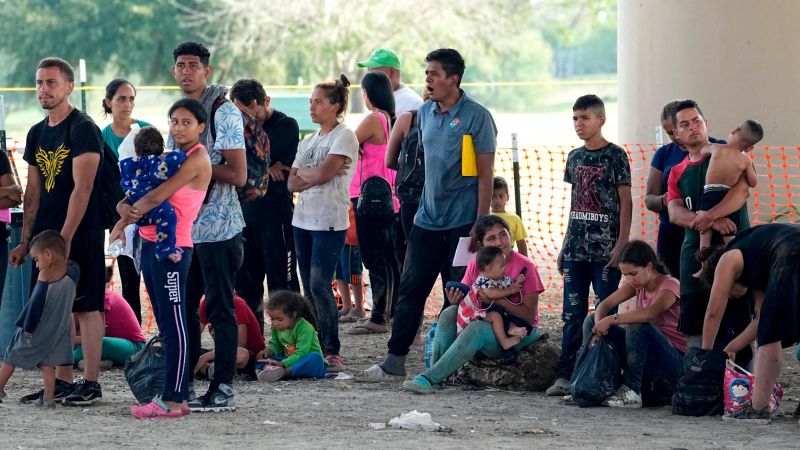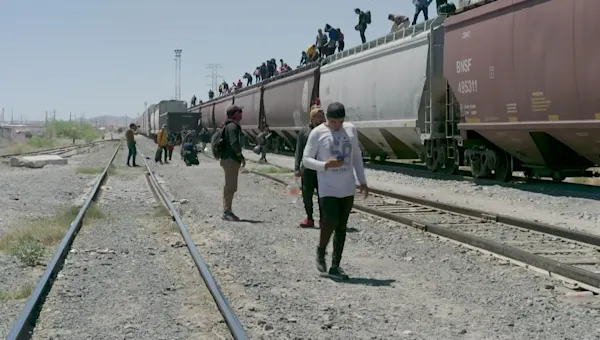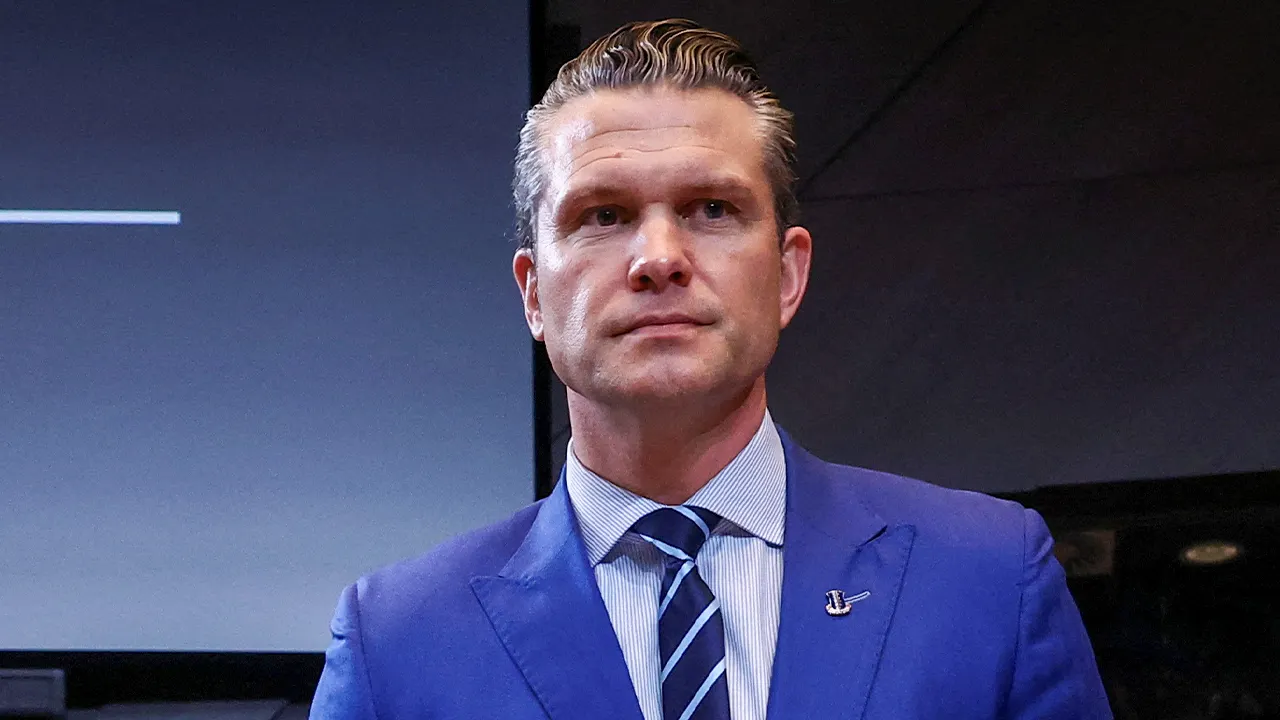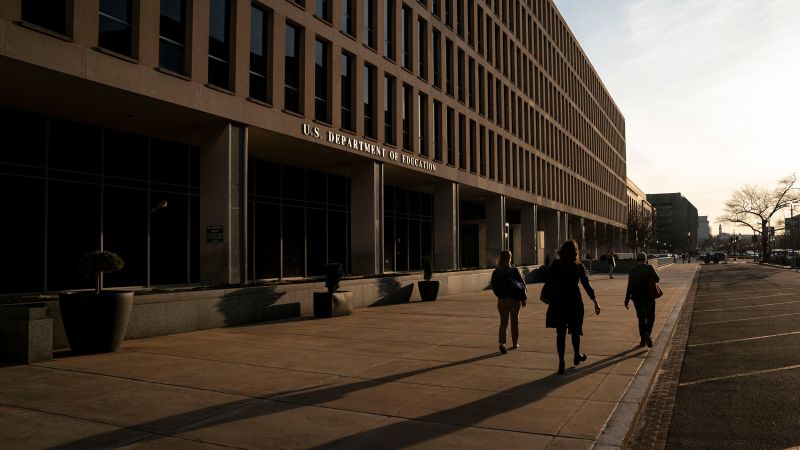CNN
—
A new surge of migrants at the US-Mexico border has placed immense pressure on federal resources and tested President Joe Biden’s border policies only months after going into place, prompting fresh criticism from Republicans and concern within the administration over a politically delicate issue.
Biden has been plagued by issues on the border since his first months in office when the US faced a surge of unaccompanied migrant children that caught officials flatfooted. Over the last two years, his administration has continued to face fierce pushback from Republicans – and at times, Democrats – over his immigration policies.
That complicated political landscape was put into sharp focus this week when administration officials were forced to contend with images of migrants crossing into the US in large groups, while also heralding a major move that will make hundreds of thousands of Venezuelans already in the US eligible to work, addressing a major sticking point with allies in New York.
But the new wave of newcomers – many of whom are from Venezuela – paints a grim outlook for the fall as Biden ramps up his reelection campaign and Republicans continue to hammer the administration over its handling of the border.
On Thursday, Biden blasted Republicans in Congress during remarks at the 46th Annual Congressional Hispanic Caucus Institute’s Gala in Washington, DC, saying they “continue to undermine our border security” by blocking bipartisan efforts to pass immigration reform.
“We need our colleagues to act – for decades, immigration reform has been bipartisan in this country,” he said.
“Unfortunately, MAGA Republicans in Congress spent four years gutting the immigration system under my predecessor,” he added.
In the absence of immigration reform, the administration has put in place a patchwork of policies to try to stem the flow of migrants journeying to the US southern border amid unprecedented mass migration in the western hemisphere.
Earlier this year, the administration rolled out new and additional avenues for migrants to enter the US legally, like a mobile app, to keep people from crossing unlawfully. They have also stood up centers in the hemisphere to allow migrants to apply to come to the US.
But desperation and disinformation from smugglers have prompted migrants to cross anyway. Homeland Security officials are monitoring the situation and while they gave no clear explanation for what prompted the latest surge, they cited poor economies, authoritarian regimes and the climate crisis as forces driving migration.
This week, US Border Patrol apprehended more than 8,000 migrants daily, according to two Homeland Security officials. That’s up from around 3,500 daily border arrests after the Covid-era border restriction known as Title 42 expired in May and triggered more severe consequences for people who crossed the border illegally.
The Department of Homeland Security has ramped up capacity in border facilities to accommodate the growing number of migrants, as well as continued to conduct deportation flights of migrants deemed ineligible to stay in the United States. US officials are also coordinating with Mexico to try to drive down crossings.
Homeland Security Secretary Alejandro Mayorkas is set to travel to the border on Saturday, going to McAllen, Texas, for a meeting with President Xiomara Castro of Honduras.
The Department of Defense, for its part, is sending 800 new active-duty personnel to the US-Mexico border, in addition to the 2,500 National Guard members already in place, to provide support to federal authorities.
The arrival of migrants at the US southern border also affects inner cities, where asylum seekers usually reside as they go through their immigration proceedings, expanding the scope of the issue for the Biden administration.
The administration addressed a major concern among Democrats this week by making more than 472,000 Venezuelans already in the US eligible for Temporary Protected Status, which provides deportation protections and allows them to work in the US. Democratic allies had urged the White House to speed up the ability for Venezuelans to obtain work authorization so they wouldn’t have to rely on social services.
“As a result of this decision, immigrants will be temporarily allowed to work, fill needed jobs and support their families while awaiting an asylum determination. The decision will also substantially reduce the cost to New York taxpayers with respect to the sheltering of asylum-seekers,” said Senate Majority Leader Chuck Schumer and House Democratic Leader Hakeem Jeffries, both of whom are New York Democrats, in a statement.


























